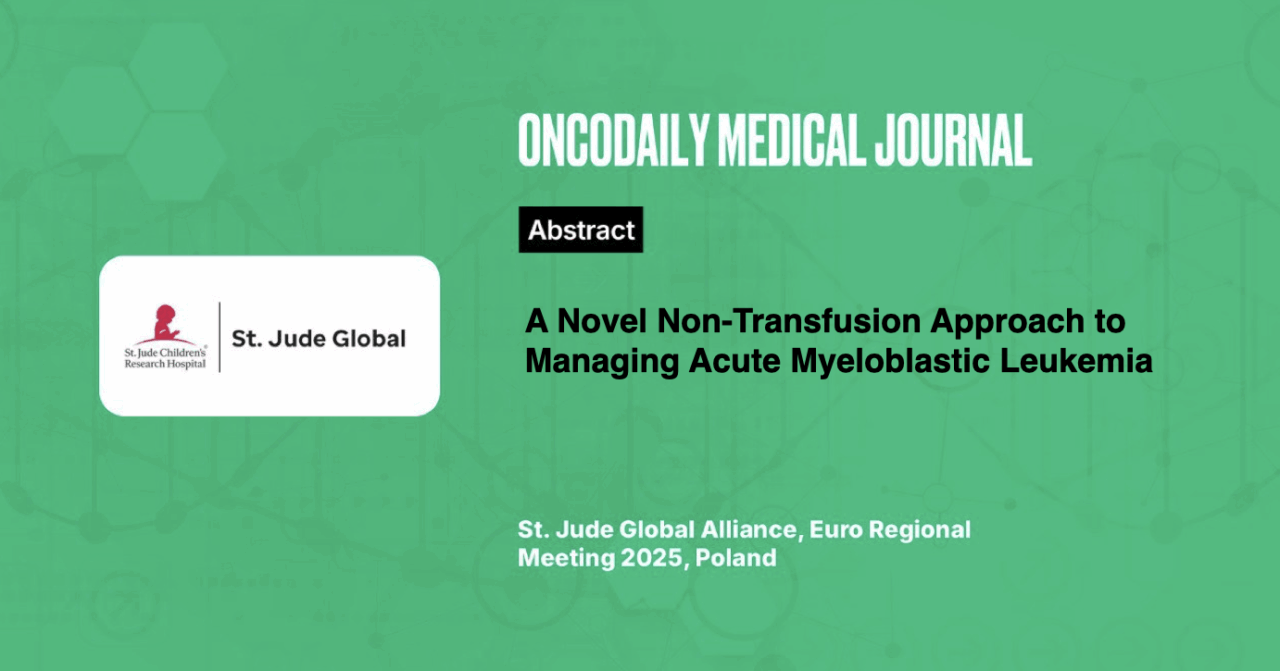A Novel Non-Transfusion Approach to Managing Acute Myeloblastic Leukemia
Abstract
Introduction: Acute myeloblastic leukemia (AML) is an aggressive hematologic malignancy in children, typically treated with intensive chemotherapy, which often necessitates blood transfusions. However, religious beliefs, such as those of Jehovah’s Witnesses, prohibit transfusions, presenting significant challenges in treatment management. This case explores the non-transfusion approach used to treat a pediatric AML patient from a Jehovah’s Witness family, with curative intent.
Methodology: This report details the management of a 5-year-old girl with AML, who was treated without the use of any blood product transfusions.
Results: In January 2024, the patient presented with fatigue, fever, and petechiae. Initial laboratory results revealed leukocytosis (12.02×109/L), anemia (hemoglobin 11.0 g/dL), and thrombocytopenia (platelets 40×109/L), with 49% blasts on a peripheral blood smear. Bone marrow biopsy showed 48% myeloid-appearing blasts, and immunophenotyping confirmed 47% myeloid blasts. Cytogenetic analysis was normal (46 XX). The induction phase included Cytarabine (100 mg/m2/day BID for 6 days) and Mitoxantrone (14 mg/m2/day for 2 days). Complete remission was achieved by day 21, with negative minimal residual disease (MRD) status.
During treatment, she developed pancytopenia, febrile neutropenia, influenza A, and pneumonia, which were successfully managed with antimicrobial therapy, erythropoietin, and thrombopoietin. The consolidation phase utilized the HAM protocol, followed by three cycles of azacitidine and venetoclax. Throughout the entire course of treatment, no blood transfusions were required. The patient remains in complete remission, with negative MRD status at 14 months post-diagnosis.
Conclusion: This case demonstrates that childhood AML can be treated effectively and with curative intent without blood transfusions. Such an approach is feasible, particularly in cases where religious beliefs prevent transfusion and where alternative management strategies are necessary.





